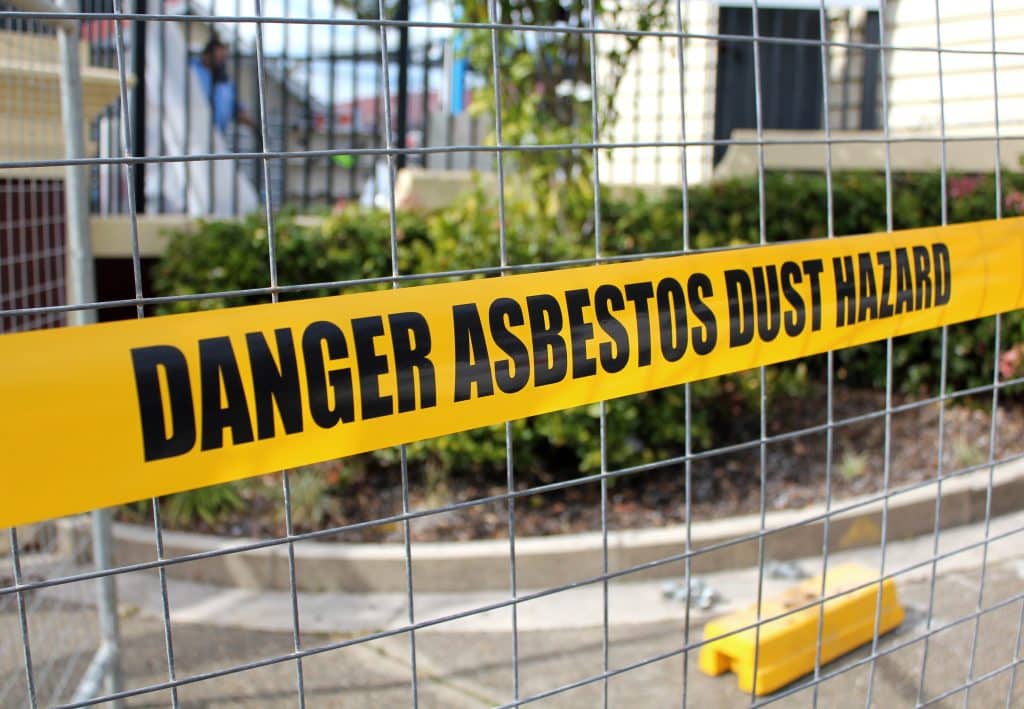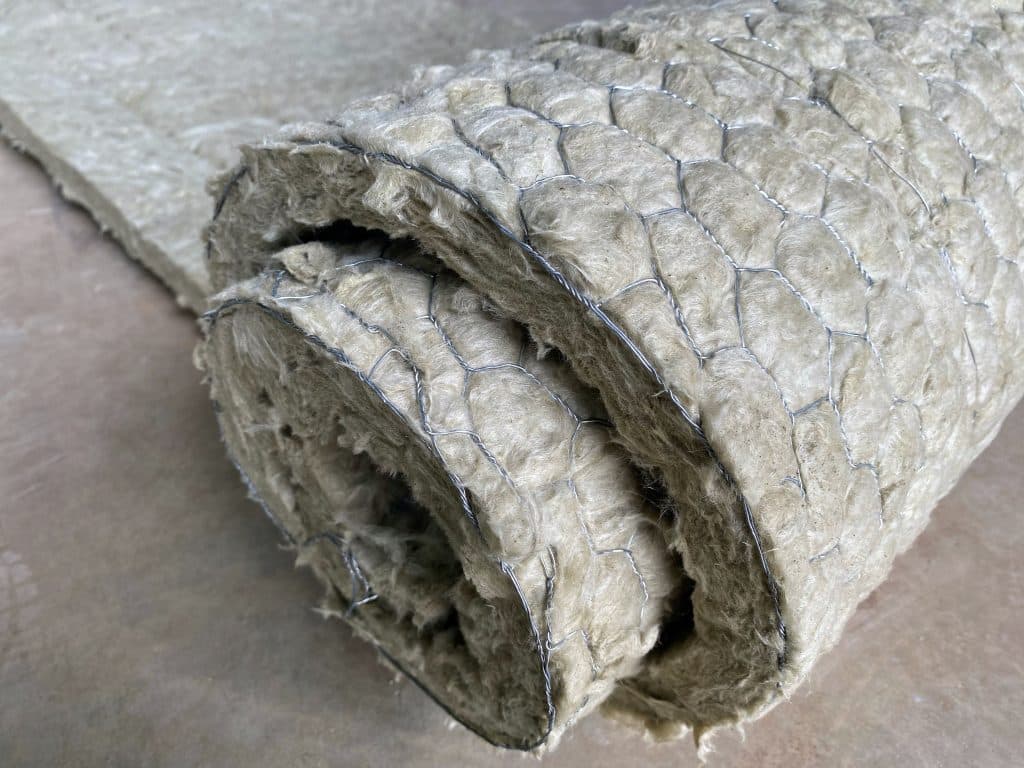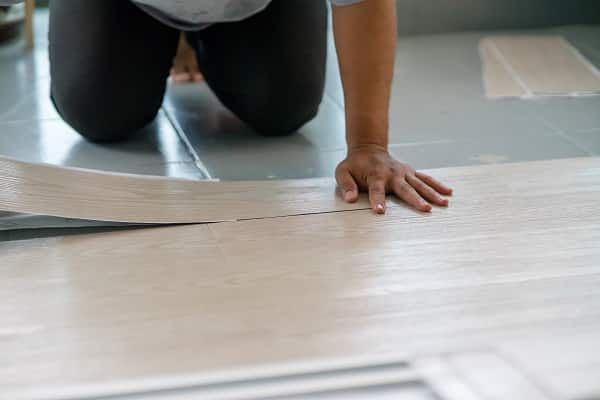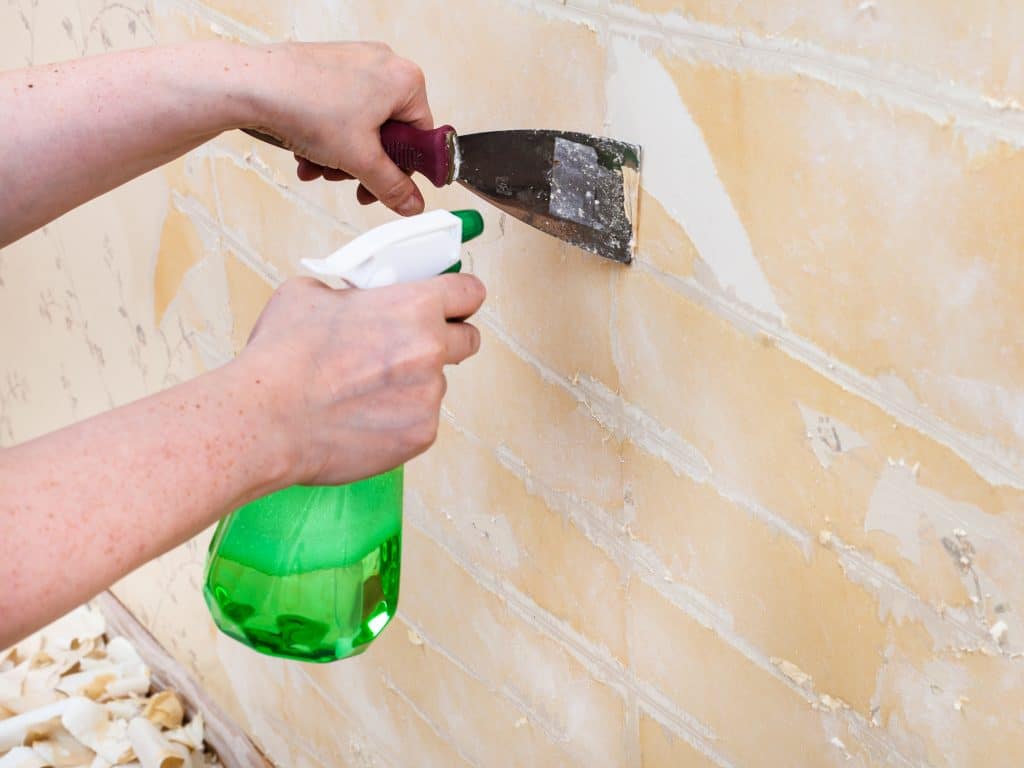Are you renovating your home and worried about running into asbestos? You may be surprised to learn that it’s still found in many buildings today—even ones built this decade. It’s important to know what measures you should take if you suspect there might be asbestos present during work on your home. This article will discuss signs of potential asbestos contamination and how to responsibly handle the situation if you do find it while working on or inspecting your property. Looking ahead toward a safe living environment can help provide peace of mind, so read on!
Contents
What Is It?

Asbestos is a naturally occurring mineral mined and used in thousands of consumer, industrial, and construction products. Although asbestos has become known as a dangerous and potentially deadly material in recent years, it had been used by humans for thousands of years before this due to its powerful properties and ability to resist heat, fire, electricity, and chemicals.
Asbestos fibers are small, strong, and highly durable – because of these qualities, it can easily be woven into fabrics and used to reinforce cement and plastics. Furthermore, asbestos often has a slight sheen, making it a popular choice for decorative and protective finishing touches.
Health Risks Associated with Asbestos Exposure

Asbestos is a hazardous material commonly found in buildings constructed prior to the mid-1980s. Though it was widely used for its insulative properties, it is no longer used due to some of the serious health risks associated with asbestos exposure. Research shows that long-term exposure can lead to several respiratory diseases, such as Asbestosis and Mesothelioma, which are known to be fatal in many cases.
When breathed in, asbestos dust particles cling to the small air sacs within the lungs, leading to irritation and inflammation and further damaging your lung tissue over time. These risks can also become exacerbated when people perform DIY renovations on buildings containing asbestos, as they may unknowingly disturb fibers of this toxic material when working on ceilings or walls. It is, therefore, important to stay informed about where asbestos might be present so as to limit any potential risk of exposure.
Finding and Identifying Asbestos

It’s no secret that asbestos is common in many construction materials installed before the mid-1980s. So if you’re renovating an older building, it pays to know where asbestos is likely to be found so that you can take the necessary precautions before doing any work.
Even if handled responsibly, asbestos can still cause harm, so it’s important to be aware of its possible presence and always take the proper precautions when working with it. Common locations of asbestos can range from building insulation and drywall; ceiling tiles; pipe, boiler, and furnace insulation; vinyl flooring; spackling paste; electric wiring insulation; paint coatings; steam irons; gaskets, and brake pads – the list goes on. If you are unsure whether a product contains asbestos, contact your regional health authority or an accredited inspection agency for assistance.
What does it look like, you may ask? Asbestos can appear in many forms. It usually is a grey-white color and looks like a powdery material mixed with other substances, such as cement or gypsum. It can also look like thin fiberglass strands woven into fabrics.
How to Test for Asbestos

Testing for asbestos is a vital part of any renovation or home inspection process. Asbestos fibers are tiny and odorless, making them difficult to detect with the naked eye. Generally speaking, the only reliable way to identify their presence in a building is to have it tested by a professional. These certified technicians have specialized equipment to sample the air quality and solid surfaces in an area for asbestos fibers.
If any fibers are present, further testing may be required to assess the breadth and depth of exposure. An extensive survey can even provide a plan for safely handling hazardous materials containing asbestos. Ultimately, testing is key for keeping people safe from the potentially dangerous nature of asbestos exposure.
What to Do If You Find Asbestos in Your Home or Building

If you live in an older home, it’s not uncommon to find asbestos in your home or building. It’s essential to take the necessary steps if you do find asbestos so that you protect yourself and others from being exposed to it. First, make sure not to disturb any of the materials containing asbestos. As long as asbestos fibers remain undisturbed, there are no health risks associated with them. Next, be sure to contact an accredited asbestos inspector or professional contractor who will be able to evaluate the extent of the asbestos in your home and advise you on how to manage it properly.
Personnel specifically licensed in this area should be the only ones who handle the removal and disposal of asbestos-containing materials. These professionals should also provide you with authorities, documents, certificates, and other paperwork, all indicating that they have the competence, training, and experience required for managing any asbestos present in your home or building.
Get Your Health Checked If You Get Exposed

If managed and installed correctly, asbestos may present no health risks to individuals living within a home or building. However, if it is disturbed during construction work or changes occur in the condition of the material, serious health consequences can arise. As such, if you discover exposure to asbestos fibers in your home or building, it is crucial to safeguard yourself from any potential health impacts. One of the most important things to do after asbestos exposure is to opt for routine medical assessments with a doctor.
With regular visits, you can easily keep track of any impacts on your health and detect problems at an early stage if they occur. Additionally, any symptoms which may crop up due to exposure should be discussed with a medical professional as soon as possible so the proper diagnosis and treatment can be identified. In other words, regular medical check-ups are essential when dealing with asbestos exposure to better support your safety and well-being throughout the process.
If You Find Asbestos, Certain Measures Must Be Taken!
In conclusion, if you find asbestos in your home or building, it’s important to take the necessary measures to protect yourself and others from its hazardous nature. Start by having the area tested for asbestos fibers with a certified technician in order to detect their presence. Contact an accredited asbestos inspector or professional contractor who can properly manage the materials according to your local guidelines.
Finally, be sure to check your health regularly in case of exposure so that any symptoms can be detected early and treated accordingly. By implementing these steps, you can help safeguard yourself from the potential risks of asbestos exposure.



